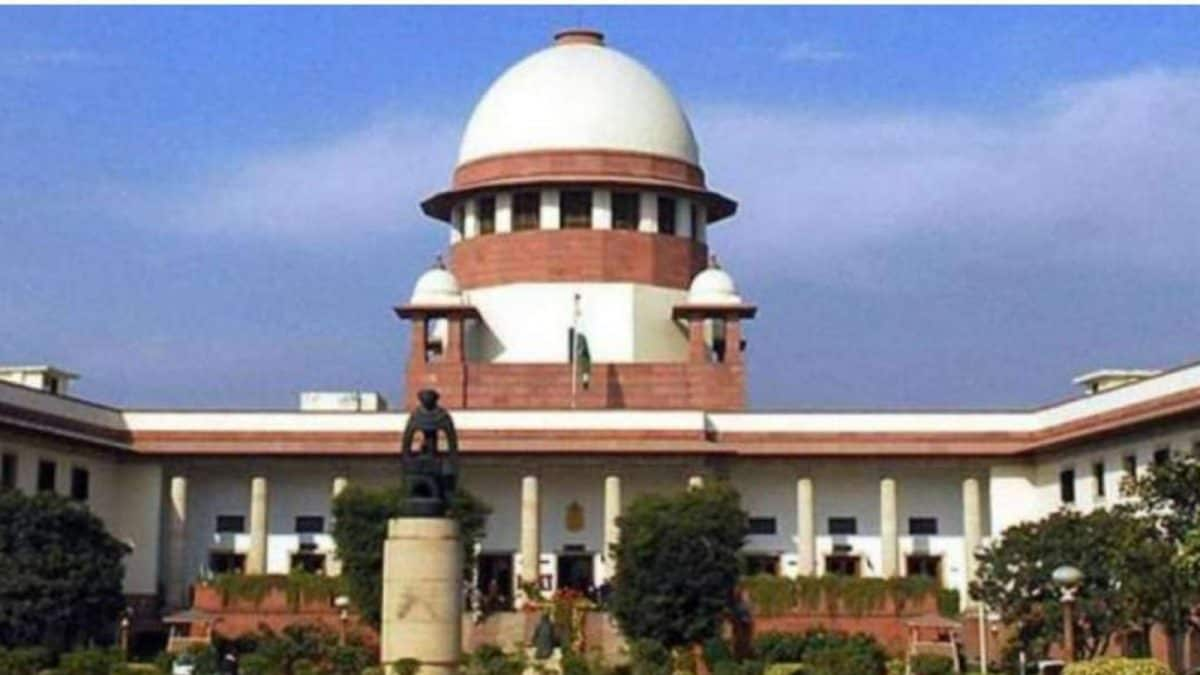ARTICLE AD BOX
Last Updated:August 12, 2025, 12:54 IST
In 1829, British missionaries secured partial relief for Christian Nadar women, allowing them to wear blouses, but still not in the same style as upper-caste women

Nadar and Channar women won the right to cover their breasts in 1859.
Before India’s independence in 1947, the princely state of Travancore was known for its wealth and elaborate social hierarchy. But beneath the prosperity lay a rigid caste system enforced through some of the most bizarre and humiliating taxes ever recorded in the subcontinent. Among them was the infamous Mulakkaram, or breast tax, levied on lower-caste women if they wished to cover their breasts. Other unusual levies included Talakkaram, a tax on covering the head with a turban, and Meeshakaram, a tax linked to growing a moustache.
These taxes, historians say, were not just about revenue collection but about reinforcing social inequality. While upper-caste communities like the Nairs were free to dress as they pleased, women from lower-caste groups such as the Ezhavas and Nadars were forbidden from covering their breasts unless they paid the prescribed fee.
The exact origins of the breast tax are uncertain, but many accounts suggest it emerged in the late 18th or early 19th century under the Travancore monarchy. At the time, the state imposed more than 110 different taxes, some on livelihoods, such as net tax for fishermen, and others targeting personal appearance.
Enforcement was often cruel. An appointed official, known as the Parvathiyar, would visit homes to assess the tax. If a woman could not pay, she was forced to remain bare-chested in public. Those who protested faced violence or punitive action. Some reports even claim the tax rate was decided based on the size of a woman’s breasts, a process that stripped away dignity and privacy.
Though historians differ on its precise duration, most agree the breast tax was strictly enforced between 1800 and 1859, peaking under King Srimoolam Thirunal. Some sources suggest it continued in pockets until as late as 1924.
The Channar Rebellion
The policy triggered one of Travancore’s longest social movements, the Channar Rebellion, or Maru Marakkal Samaram. Beginning in 1813, Nadar women demanded the right to cover their breasts. The agitation turned violent in 1822 when upper-caste men attacked Nadar women, tearing their clothing and subjecting them to physical and sexual assaults.
In 1829, British missionaries secured partial relief for Christian Nadar women, allowing them to wear blouses, but still not in the same style as upper-caste women. Hindu Dalit women were excluded from even this concession, and sporadic violence persisted.
The struggle lasted more than four decades. On July 26, 1859, under pressure from the British Governor of Madras, Travancore Maharaja Ayilyam Thirunal issued a proclamation granting Nadar and Channar women the right to cover their breasts. It was a victory that came after years of humiliation, arrests, and bloodshed.
Nangeli’s Protest and Sacrifice
Perhaps the most poignant tale from this period is that of Nangeli, an Ezhava woman from Cherthala. When a tax collector arrived at her home demanding payment, she refused – and, according to local lore, cut off her breasts and presented them on a plantain leaf in protest. She bled to death, and her husband, overwhelmed with grief, leapt into her funeral pyre.
The story of Nangeli, however, remains disputed. While popular in oral tradition and featured in modern works of literature, some historians argue there is no documented evidence of her existence, suggesting the account may be symbolic. Still, for many in Kerala, her name is synonymous with resistance.
Travancore’s caste-based dress codes extended beyond women. The Talakkaram, or head-tax, forbade lower-caste men from wearing turbans without paying a fee. While some scholars believe it was more a form of standard revenue collection than a strict clothing ban, in practice it reinforced caste hierarchy.
Similarly, the Meeshakaram or moustache tax symbolically marked status. In a society where facial hair was considered a badge of honour for high-caste men, a lower-caste man growing a moustache could be fined. Folklore tells of one such man who refused to pay, sparking a local rebellion that forced authorities to scrap the levy.
History or Myth?
While outlets such as the BBC and The Hindu have documented the breast tax, academic consensus remains divided. Some historians point out that in Kerala’s tropical climate, breast-covering among women, irrespective of caste, was not the norm until the mid-19th century. Others argue that the so-called breast tax may have been a broader clothing or poll tax that later became exaggerated in popular memory.
Regardless of its exact form, these taxes reveal how deeply clothing, personal grooming, and bodily autonomy were bound to caste identity in Travancore. The Channar Rebellion and the eventual abolition of these levies marked the slow erosion of these discriminatory customs, though the scars of that era remain etched in Kerala’s social history.
view comments- Location :
- First Published:
August 12, 2025, 12:54 IST
News india What Is Mulakkaram, The 'Breast Tax' That Sparked One Of Kerala's Longest Social Uprisings?
Disclaimer: Comments reflect users’ views, not News18’s. Please keep discussions respectful and constructive. Abusive, defamatory, or illegal comments will be removed. News18 may disable any comment at its discretion. By posting, you agree to our Terms of Use and Privacy Policy.
Read More



.png)
.png)
.png)
















 1 hour ago
5
1 hour ago
5








 English (US) ·
English (US) ·